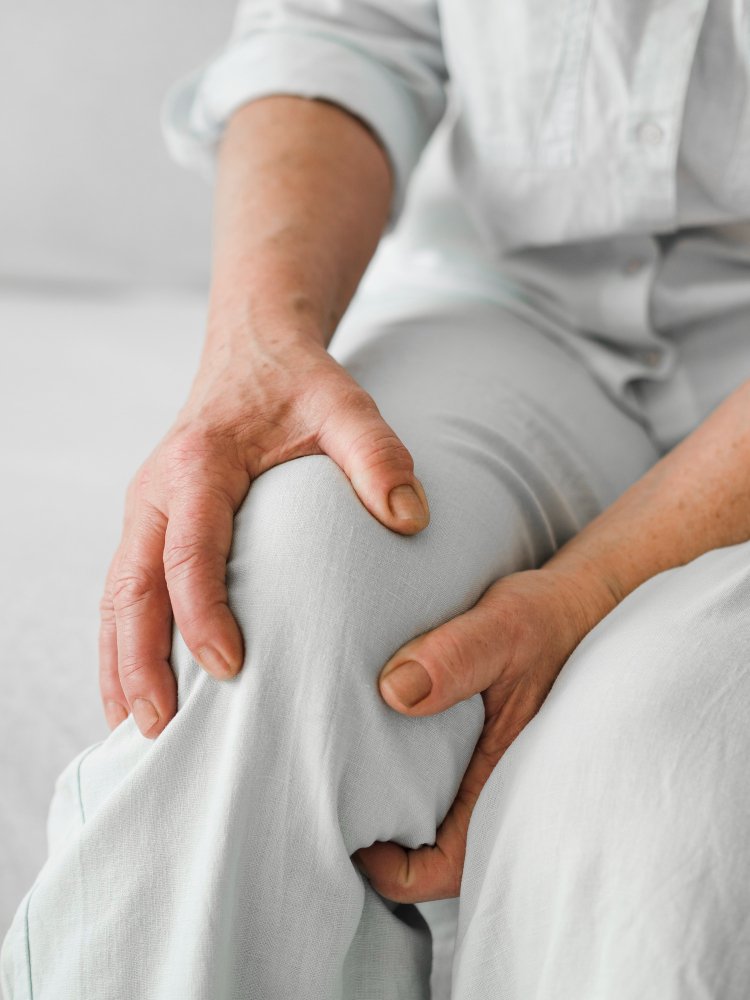ITB Syndrome
ITB Syndrome
Iliotibial Band (ITB) Syndrome, also referred to as IT Band Syndrome, is a prevalent overuse injury impacting the outer aspect of the knee. It arises when the iliotibial band, a thick band of tissue running along the outer thigh, becomes irritated or inflamed due to friction against the outer part of the knee joint.
This syndrome is commonly observed in runners, cyclists, and athletes engaging in repetitive knee-bending activities like long-distance running, downhill running, or cycling. It can also stem from overuse, improper training methods, or structural abnormalities in the knee.
Symptoms of ITB syndrome encompass pain and tenderness on the outer knee, especially during activity or when descending stairs or hills. Additionally, swelling or a sensation of snapping or popping may also be experienced in some cases.
This syndrome is commonly observed in runners, cyclists, and athletes engaging in repetitive knee-bending activities like long-distance running, downhill running, or cycling. It can also stem from overuse, improper training methods, or structural abnormalities in the knee.
Symptoms of ITB syndrome encompass pain and tenderness on the outer knee, especially during activity or when descending stairs or hills. Additionally, swelling or a sensation of snapping or popping may also be experienced in some cases.
What Causes ITB Syndrome?
ITB syndrome stems from the irritation and inflammation of the iliotibial band, a robust tissue extending from the hip to the knee along the outer thigh. The primary causes of ITB syndrome include:
- Overuse: Repetitive knee-bending activities like long-distance running, cycling, or hiking can lead to overuse and irritation of the IT band.
- Poor Biomechanics: Abnormal lower limb or pelvic alignment, such as flat feet, bowed legs, or rotated hips, can strain the IT band, causing inflammation and discomfort.
- Training Errors: Sudden increases in training volume, intensity, or frequency without adequate rest and recovery can heighten the risk of ITB syndrome.
- Limited Flexibility: Tightness in the hip, thigh, or calf muscles can intensify stress on the IT band, making individuals more susceptible to ITB syndrome.
- Improper Equipment: Worn-out or ill-fitting footwear, as well as equipment that doesn’t provide proper support, can elevate the risk of ITB syndrome.
- Muscle Weakness: Weakness in the hip, gluteal, or quadriceps muscles can impose excessive strain on the IT band, leading to irritation and inflammation.
How We Take Care Of Your ITB Syndrome?
At Qwellness, we offer comprehensive care for ITB syndrome to alleviate discomfort and facilitate recovery. Here’s how we address your ITB syndrome:
- Thorough Evaluation: We conduct a comprehensive assessment to understand the extent of your ITB syndrome and identify contributing factors.
- Personalized Treatment Plan: Based on your assessment, we create a tailored treatment plan that addresses your specific symptoms and goals.
- Physical Therapy: Our skilled therapists guide you through targeted exercises and techniques to strengthen muscles, improve flexibility, and correct biomechanical issues contributing to ITB syndrome.
- Pain Management: We offer various strategies to manage pain associated with ITB syndrome, including medication management, modalities like heat or cold therapy, and manual techniques to alleviate discomfort.
- Activity Modification: We offer recommendations on modifying activities that may exacerbate your symptoms and provide guidance on adaptive techniques to help you stay active while managing ITB syndrome.
- Patient Education: We empower you with knowledge about ITB syndrome, its causes, and self-care techniques to manage symptoms effectively and prevent recurrence.
Get In Touch
Opening Hours
Monday - Friday :
9:30 P.M. - 6:30 P.M.
Tue - Wed - Thu :
1:30 P.M. - 6:30 P.M.
Saturday :
10:00 A.M. - 5:00 P.M.
Sunday :
Closed
Contact
Phone
Address
9364 120 Street Surrey, BC V3V 4B9



